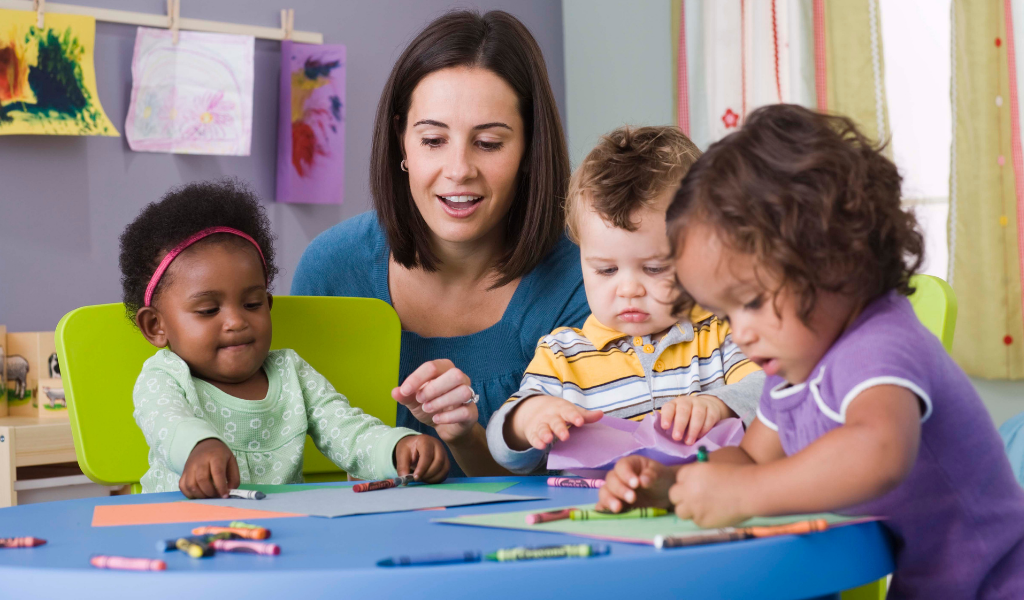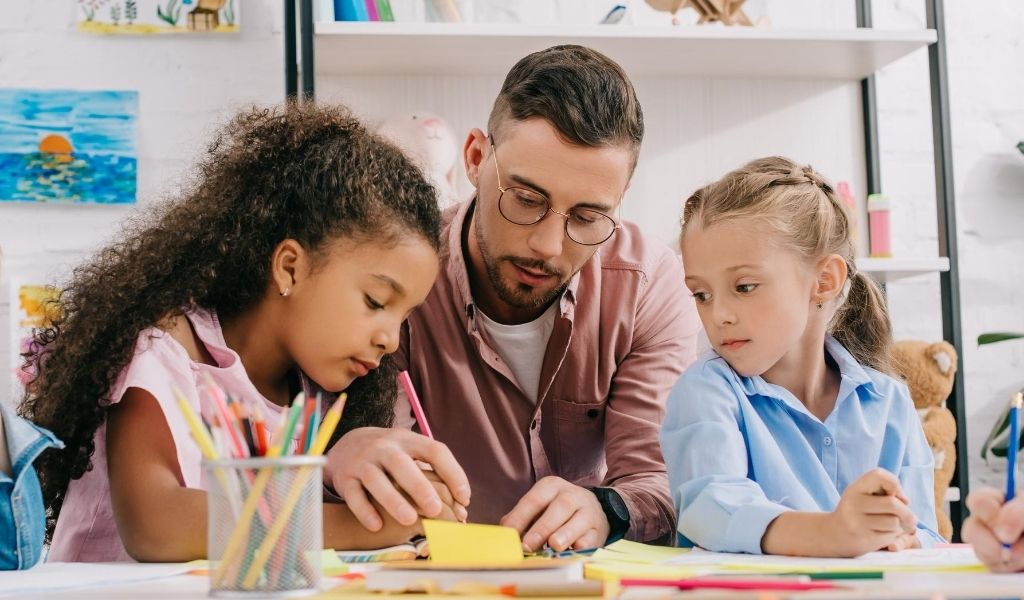Like many young children, children with English as an Additional Language (EAL) may find it difficult to settle into a new setting. They may not have prior experience of being in early years settings or any other childcare provision. They and their parents may have little or no English. Parents’ experience of early years and the British Education system may vary.
So how do we welcome new children and families with EAL into our settings? What main considerations should we reflect on, in order to help children and families feel truly welcome and settle quickly in the new environment? How do we address the needs of our diverse multilingual children and families? What key principles and strategies can we employ to provide effective provision for the development of children with EAL?
I regularly get asked these questions when I am supporting settings and schools to develop their provision for children with EAL.
Firstly, we need to clearly understand the definition of EAL. We have to recognise not only the additional languages but also the level of fluency and the linguistic repertoire the children and the families bring into our setting.
“Supporting children learning English as an additional language: guidance for practitioners in the EYFS” (Primary National Strategy, 2007) states:
“Young children within the broad development span of 0-5yrs may be anywhere along the language development continuum in one or more languages.
Some will be beginners in one language, but proficient in another; others will be on varying stages of fluency in one or more languages.
The term EAL also recognises that many children learning English in settings are already developing more than home language and adding English to their repertoire”
Here are some of key considerations to ensuring that you are getting it right!
Find out what languages the children speak or hear at home so you can include these in your setting. Check the level of development in the home language as well as in English to establish a starting point for support. This information gathering will be an investment and assist with early identification of needs as well as recognition of the children’s interests, skills and talents. Prior experience, language and learning will be integral to building new learning on.

Gather an accurate and robust background history by asking the right questions. For example, instead of asking what languages the child speaks at home, ask what languages are spoken or heard at home. This will help you to ‘really’ know your families and build those positive relationships. Parents will disclose more if they feel understood and trust you. What potential barriers could there be? English language? Translation needs? New to the country? Lack of experience of the British education system? Family interests? Asking these questions will help you to build an accurate picture of the families.
First/home language is crucially important for developing and maintaining self-esteem and identity. Getting the pronunciation of the children’s names correct can go a long way to making them welcome. By showing an interest in and promoting home languages, you will make the children feel included, raise the status of language in general and strengthen the cultural and linguistic identity of the children and families. One natural and easy way to do this through bilingual welcome walls and books.
Young children learn an additional language in very much the same way as they learn their first language. They use the first language to build the second or subsequent languages. Home language becomes the ‘hanging pegs’ for building new learning through existing knowledge and skills. By actively helping to maintain and develop the home language, you are supporting the skills and concept development in both languages. Encourage the parents to continue to use the home language so that the home language is not lost at the expense of the English language.

Remember that the children with EAL are not only learning a new language but learning to learn in it. That is a demanding job. We need to identify the key gaps in English language development so we can put the focused, relevant and contextual support in place to address the gaps for achieving successful learning outcomes. EAL assessments such as NASSEA (The Northern Association of Support Services for Equality and Achievement) can help you to prioritise the specific language which needs addressing.
Speaking and listening must be at the forefront of all planned and unplanned activities. Language-focused activities will support concepts and provide crucial opportunities to introduce, model, and rehearse new vocabulary in context. Initial language need may be ‘survival language” such as naming objects and asking for toilet and should progress from word to phrase to sentence level. Visual prompts such as pictorial timetables and dual-language resources will be the bridge between the existing and any new learning. Social language will be acquired through regular exposure so focus on the development of academic language needed to access the learning.
Build those positive relationships as early as possible. Meet the parents at the start to collect detailed information. Involve the parents in their children’s learning and encourage them to not only to keep the home language alive at home but to share it in the setting through books, displays, themes, etc… Connect with local supplementary (faith, language & cultural) schools and community groups to expand your own understanding of the backgrounds and needs. Support the parents by signposting to relevant services, e.g., community groups, libraries, toddler groups – parents with EAL are often unaware of these peripheral services. Most importantly, reinforce the importance of home language to the parents so they can see the benefits of bilingualism and understand the significant role it plays in their child’s development.
Sejal Payne is an education consultant and trainer specialising in English as an Additional Language and language development, equalities and inclusion, and black and ethnic minority achievement. She has over two decades of experience of working and supporting children in the early years and primary and sectors is an accredited trainer for both Talk Volunteer and the Strengthening Families & Strengthening Communities programme. Sejal recently formed a training partnership with Kim Benham – S&S Training Partners – to offer bespoke training and support to practitioners in the early years sector. You can find out more about the training and support that Sejal offers on their website.